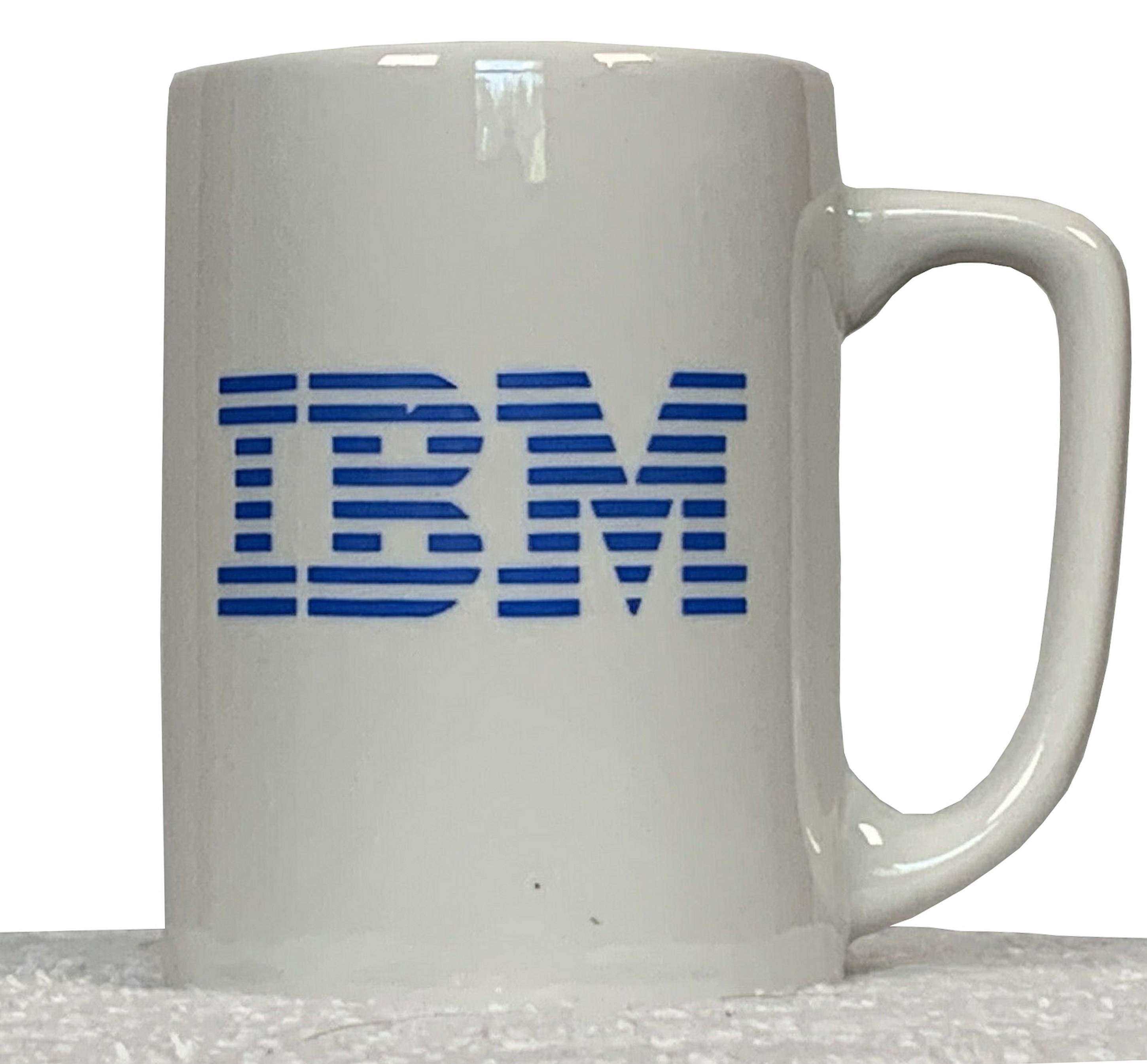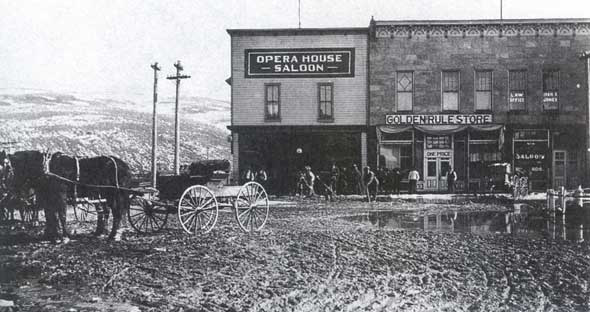|
Item-level Tagging
Item-level tagging (or RFID item-level tagging, also known as ILT) is the tagging of individual products, as opposed to case-level and pallet-level tagging. Item-level tagging is used to track individual items in order to better control inventory, by providing retailers with the ability to tag individual items on the retail floor. Previously, RFID tags were used to track pallets of merchandise, rather than individual items, through the supply chain. With the use of printed RFID tags, retailers are now able to track inventory at the item level, scan the tag, and know the location. Retailers are pushing for tagging each individual item. In fact, large companies like Wal-Mart, JC Penney, and Dillard’s are issuing electronic product code mandates, where they request their suppliers to comply with these EPC protocols. In 2005, it was required that the suppliers use RFID tagging at the pallet and case level, but now it is required that they tag on the item-level as well. The reason wh ... [...More Info...] [...Related Items...] OR: [Wikipedia] [Google] [Baidu] |
RFID
Radio-frequency identification (RFID) uses electromagnetic fields to automatically identify and track tags attached to objects. An RFID system consists of a tiny radio transponder called a tag, a radio receiver, and a transmitter. When triggered by an electromagnetic interrogation pulse from a nearby RFID reader device, the tag transmits digital data, usually an identifying inventory number, back to the reader. This number can be used to track inventory goods. Passive tags are powered by energy from the RFID reader's interrogating radio waves. Active tags are powered by a battery and thus can be read at a greater range from the RFID reader, up to hundreds of meters. Unlike a barcode, the tag does not need to be within the line of sight of the reader, so it may be embedded in the tracked object. RFID is one method of automatic identification and data capture (AIDC). RFID tags are used in many industries. For example, an RFID tag attached to an automobile during product ... [...More Info...] [...Related Items...] OR: [Wikipedia] [Google] [Baidu] |
Inventory
Inventory (British English) or stock (American English) is a quantity of the goods and materials that a business holds for the ultimate goal of resale, production or utilisation. Inventory management is a discipline primarily about specifying the shape and placement of stocked goods. It is required at different locations within a facility or within many locations of a supply network to precede the regular and planned course of production and stock of materials. The concept of inventory, stock or work in process (or work in progress) has been extended from manufacturing systems to service businesses and projects, by generalizing the definition to be "all work within the process of production—all work that is or has occurred prior to the completion of production". In the context of a manufacturing production system, inventory refers to all work that has occurred—raw materials, partially finished products, finished products prior to sale and departure from the manufacturing ... [...More Info...] [...Related Items...] OR: [Wikipedia] [Google] [Baidu] |
Pallet
A pallet (also called a skid) is a flat transport structure, which supports goods in a stable fashion while being lifted by a forklift, a pallet jack, a Loader (equipment), front loader, a Jack (mechanical), jacking device, or an erect crane. Many pallets can handle a load of . While most pallets are wooden, pallets can also be made of plastic, metal, paper, and recycled materials. A pallet is the structural foundation of a unit load, which allows handling and storage efficiencies. Goods in shipping containers are often placed on a pallet secured with strapping, stretch wrap or shrink wrap and shipped. In addition, pallet collars can be used to support and protect items shipped and stored on pallets. Containerization for transport has spurred the use of pallets because shipping containers have the smooth, level surfaces needed for easy pallet movement. Since its invention in the twentieth century, its use has dramatically supplanted older forms of crating like the wooden b ... [...More Info...] [...Related Items...] OR: [Wikipedia] [Google] [Baidu] |
Merchandise
Merchandising is any practice which contributes to the sale of Product (business), products ("merch" colloquially) to a retail consumer. At a retail in-store level, merchandising refers to displaying products that are for sale in a creative way that entices customers to purchase more items or products. In retail commerce, visual display merchandising means merchandise sales using product design, selection, packaging, pricing, and display that stimulates consumers to spend more. This includes disciplines and discounting, physical presentation of products and displays, and the decisions about which products should be presented to which customers at what time. Often in a retail setting, creatively tying in related products or accessories is a great way to entice consumers to purchase more. Merchandising helps to understand the ordinary dating notation for the terms of payment of an invoice. Codified discounting solves pricing problems including markups and markdowns. It helps to ... [...More Info...] [...Related Items...] OR: [Wikipedia] [Google] [Baidu] |
Supply Chain
A supply chain is a complex logistics system that consists of facilities that convert raw materials into finished products and distribute them to end consumers or end customers, while supply chain management deals with the flow of goods in distribution channels within the supply chain in the most efficient manner. In sophisticated supply chain systems, used products may re-enter the supply chain at any point where residual value is recyclable. Supply chains link value chains. Suppliers in a supply chain are often ranked by "tier", with first-tier suppliers supplying directly to the client, second-tier suppliers supplying to the first tier, and so on. The phrase "supply chain" may have been first published in a 1905 article in ''The Independent (New York City), The Independent'' which briefly mentions the difficulty of "keeping a supply chain with India unbroken" during the British expedition to Tibet. Overview A typical supply chain can be divided into two stages namely, produ ... [...More Info...] [...Related Items...] OR: [Wikipedia] [Google] [Baidu] |
Wal-Mart
Walmart Inc. (; formerly Wal-Mart Stores, Inc.) is an American multinational retail corporation that operates a chain of hypermarkets (also called supercenters), discount department stores, and grocery stores in the United States and 23 other countries. It is headquartered in Bentonville, Arkansas. The company was founded in 1962 by brothers Sam Walton and Bud Walton, James "Bud" Walton in nearby Rogers, Arkansas. It also owns and operates Sam's Club retail warehouses. Walmart has 10,586 stores and clubs in 24 countries, operating under 46 different names. Walmart is the List of largest companies by revenue, world's largest company by revenue, according to the Fortune Global 500, ''Fortune'' Global 500 list in October 2022. Walmart is also the List of largest United States–based employers globally, largest private employer in the world, with 2.1 million employees. It is a publicly traded family-owned business (the largest such business in the world), as the company ... [...More Info...] [...Related Items...] OR: [Wikipedia] [Google] [Baidu] |
JC Penney
Penney OpCo LLC , doing business as JCPenney (colloquially Penney's and abbreviated JCP) is an American department store chain with 649 stores across 49 U.S. states and Puerto Rico. It is managed as part of the Catalyst Brands portfolio alongside other apparel retailers such as Brooks Brothers and Eddie Bauer. Its departments include men's, women's and children's apparel, cosmetics, jewelry, and home furnishings along with leased departments managed by Shearshare, US Vision and Lifetouch. The chain focuses on lifestyle products for middle class households. Overview JCPenney was founded in 1902 as a group of dry goods stores that James Cash Penney managed as part of the Golden Rule chain and incorporated under his own name in 1913. The stores were initially located in downtown areas but shifted to shopping malls during the 1960s. The chain struggled in the early 21st century amid the rise of internet retail and the decline of mall traffic, and stay-home measures dur ... [...More Info...] [...Related Items...] OR: [Wikipedia] [Google] [Baidu] |
Dillard’s
Dillard's, Inc. is an American department store chain with approximately 267 stores in 29 states and headquartered in Little Rock, Arkansas. Currently, the largest number of stores are located in Texas with 57 and Florida with 42. The company also has stores in 27 more states; however, it is absent from the Northeast (Washington, D.C., and northward), most of the Upper Midwest (particularly Michigan, Wisconsin, and Minnesota), and most of the West Coast (aside from three stores in California), Alaska, and Hawaii. History 20th century Dillard's is the outgrowth of a department store founded in 1938 by William T. Dillard; its corporate headquarters remain located at the eastern edge of Little Rock's Riverdale area and many of its executives and directors are members of the Dillard family. The family retains control of the company through its ownership of Class B Common Stock; the Class A common stock is publicly traded on the New York Stock Exchange. Dillard began his first s ... [...More Info...] [...Related Items...] OR: [Wikipedia] [Google] [Baidu] |
Electronic Product Code
The Electronic Product Code (EPC) is designed as a universal identifier (using an idiosyncratic numerical code for each different commodity) that provides a unique identity for every physical object anywhere in the world, for all time. The EPC structure is defined in the EPCglobal Tag Data Standard, which is a freely available standard. The canonical representation of an EPC is a URI, namely the 'pure-identity URI' representation that is intended for use when referring to a specific physical object in communications about EPCs among information systems and business application software. The EPCglobal Tag Data Standard also defines additional representations of an EPC identifier, such as the tag-encoding URI format and a compact binary format suitable for storing an EPC identifier efficiently within RFID tags (for which the low-cost passive RFID tags typically have limited memory capacity available for the EPC/UII memory bank). The EPCglobal Tag Data Standard defines the structu ... [...More Info...] [...Related Items...] OR: [Wikipedia] [Google] [Baidu] |
Overstock
Overstock, excessive stock, or excess inventory arise when there is more than the "right quantity" of goods available for sale,Crandall, R. E. and Crandall, W. R.Managing Excess Inventories: A Life-Cycle Approach in ''The Academy of Management Executive'' (1993-2005), Vol. 17, No. 3 (August 2003), pp. 99-113, accessed 18 July 2023 or when "the potential sales value of excess stock, less the expected storage costs, does not match the salvage value". It arises as a result of poor management of stock demand or of material flow in process management. Excessive stock is also associated with loss of revenue owing to additional capital bound with the purchase or simply storage space taken. Excessive stock can result from over delivery from a supplier or from poor ordering and management of stock by a buyer for the stock. Excess or unnecessary inventory is listed as one of the seven wastes or " muda" in Taiichi Ohno's Toyota production system. When referring to overstock merchandise in ... [...More Info...] [...Related Items...] OR: [Wikipedia] [Google] [Baidu] |





